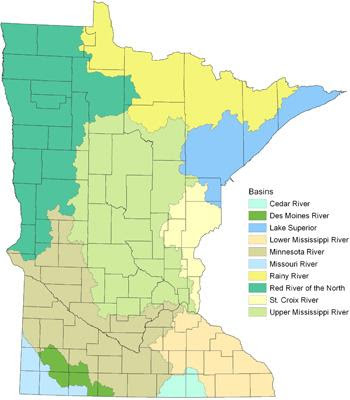 |
| St. Paul (downtown) Farmers Market, 2016 opening
Photo by J. Harrington
|
Lots of asparagus, rhubarb, bedding plants and hanging baskets for sale, plus some early lettuce, potatoes and early season vegetable. If we lived in the city, it would offer a great taste of country. The trip from country to city raised interesting thoughts to ponder about markets and foodsheds and development patterns and density etc. We're fortunate to have farmers markets, community supported agriculture shares, food coops and some other local food system options. I'm not sure how the market for this system is defined or aggregated or what a minimum market (people, not vendors) size needs to be. Something to think about over the Summer and maybe dig into a little bit more.
 |
| growing goslings (June, 3rd week)
Photo by J. Harrington
|
On the way home, we enjoyed this year's first sighting of Canada goose goslings. I haven't previously thought about the sequence that some, but not all, Canada geese arrive, lay eggs and have young'uns waddling about before the grosbeaks and tanagers arrive. The goslings above were photographed in the third week of June a couple of years ago. Songbird arrival probably has something to do with the insect populations hatched, so hatchlings don't starve. "Bug" numbers are increasing by the week and we hope to see more song birds in a little while. Spring's progress is sporadic around here, but inexorable everywhere. "And the seasons, they go round and round..." {Joni Mitchell, The Circle Game}
Market Women’s Cries
By Jonathan Swift
APPLES
Come buy my fine wares,
Plums, apples and pears.
A hundred a penny,
In conscience too many:
Come, will you have any?
My children are seven,
I wish them in Heaven;
My husband’s a sot,
With his pipe and his pot,
Not a farthen will gain them,
And I must maintain them.
ONIONS
Come, follow me by the smell,
Here are delicate onions to sell;
I promise to use you well.
They make the blood warmer,
You’ll feed like a farmer;
For this is every cook’s opinion,
No savoury dish without an onion;
But, lest your kissing should be spoiled,
Your onions must be thoroughly boiled:
Or else you may spare
Your mistress a share,
The secret will never be known:
She cannot discover
The breath of her lover,
But think it as sweet as her own.
HERRINGS
Be not sparing,
Leave off swearing.
Buy my herring
Fresh from Malahide,
Better never was tried.
Come, eat them with pure fresh butter and mustard,
Their bellies are soft, and as white as a custard.
Come, sixpence a dozen, to get me some bread,
Or, like my own herrings, I soon shall be dead.
********************************************
Thanks for visiting. Come again when you can.
Please be kind to each other while you can.




























